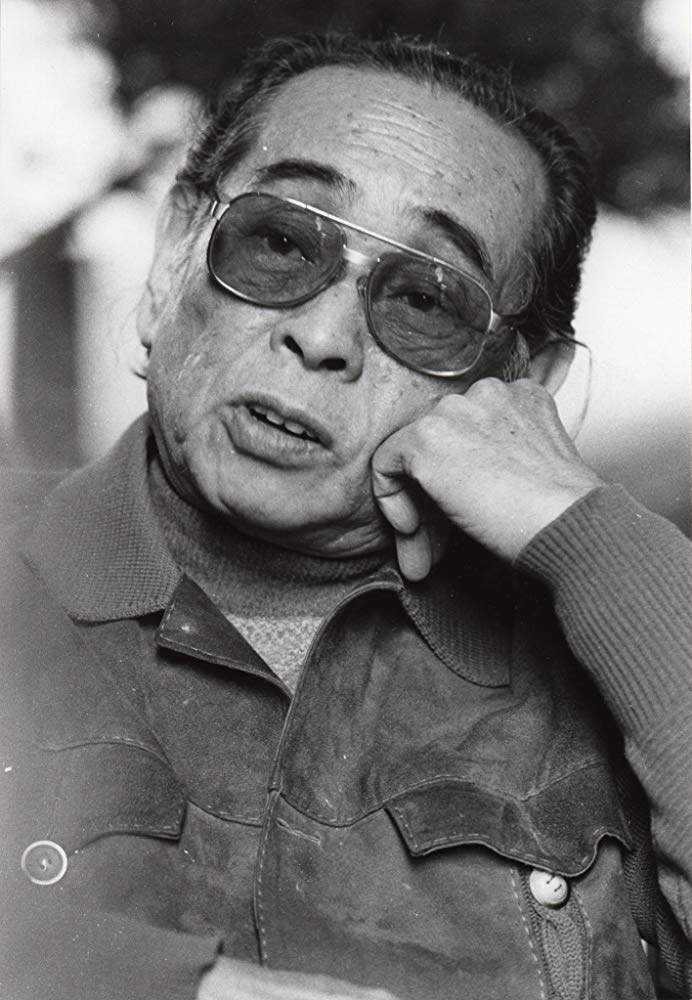NARAYAMA BUSHIKO
THE BALLAD OF NARAYAMA
Keisuke Kinoshita / Japan / 1958 / 108 min / Colour
In the mythical universe of Japanese folklore, a legend outlines an ancient and cruel practice, the Obasuteyama. When a member of the community reached the age of seventy he was considered useless, and therefore abandoned according to the dictates of tradition. Carried on their shoulders by the firstborn, crossing the seven passes that went up the slopes of Mount Narayama, the elderly were left to die in solitude, on the top of the mountain, where a divinity rested. The visual narration directed by Kinoshita builds a family drama about loneliness and the destiny of a death taken beyond the human horizon: Orin, the widow protagonist of the feature film, has reached old age and decides to end her life accompanied by her son Tatsuhei, who however is reluctant to abandon her. Kinoshita composes the shots following the culture of kabuki theatre, giving shape to a dramatic reflection on the passage of time and on civilisation, buried under the perturbing beauty of the mountain.

Keisuke Kinoshita
Keisuke Kinoshita (Hamamatsu, 1912 – Tokyo, 1998), after studying at the Hamamatsu Technology School, began collaborating in the 1930s with the production company Shochiku, also working with Kōzaburō Yoshimura. Hanasaku minato (1943), his first film, was the beginning of a long series of works. His Karumen kokyō ni kaeru (1951) was the first film in colour in the history of Japanese cinema.
Credits
Subject Fukazawa ShichirōScreenplay Keisuke KinoshitaCinematography Hiroyuki KusudaSound Shûzô HorikawaEditing Yoshi SugiharaMusic Chûji Kinoshita, Matsunosuke NozawaMain cast Teiji Takahashi, Kinuyo Tanaka, Yûko Mochizuki, Danko Ichikawa, Seiji MiyaguchicProducer Masaharu Kokaji, Ryuzo Otani
